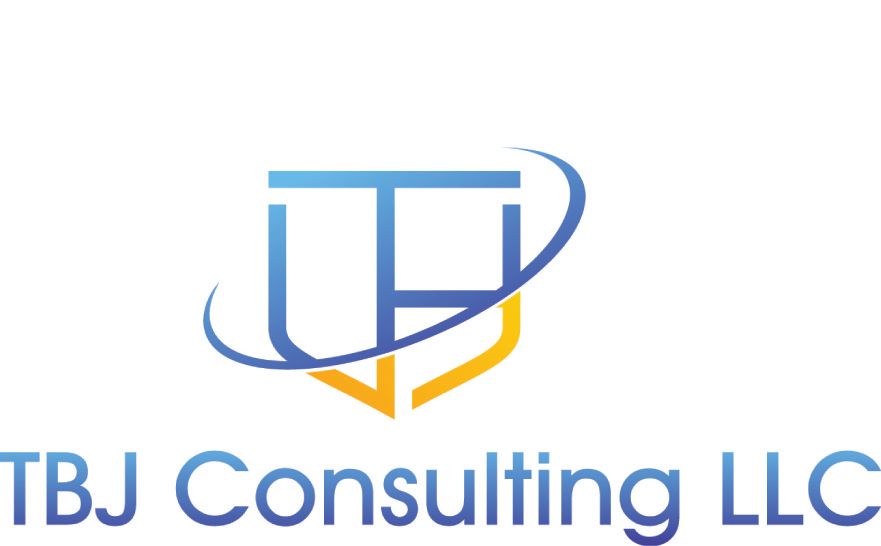Executive Summary
As part of our company's transition away from a legacy phone system in the past few years, we've encountered several challenges and limitations with Microsoft's decisions and support. Specifically, I'll address the issues we faced concerning support and bugs related to headsets and Teams desktop phones (handsets).
Support and Bugs with Headsets and Teams Desktop Phones (Handsets)
One notable concern is the lack of release control by Microsoft when issuing firmware and Teams releases for handsets. For instance, an Android firmware update in July caused certain phones to log off after 24 hours due to a bug with the Intune Company Portal. Despite a buried notice in the release notes, there was inadequate clarity on affected phone models and resolution steps. Microsoft delayed pulling the firmware for about two months, requiring a labor-intensive Android support tool from AudioCodes for reverting firmware, followed by a factory reset.
Recent Teams client updates for AudioCodes and Crestron phones disrupted incoming caller ID and altered the displayed date and time format, raising questions about the quality assurance process at Microsoft.
Furthermore, Microsoft faced issues with its own Teams Modern headset causing system lockups, resolved only after extensive support interactions and eventual firmware updates. However, the lack of transparent communication about these problems remains concerning, especially considering it's a Microsoft-managed product.
The Teams Admin Console is lacking when administering and managing Phone Firmware and Teams versions.
The Teams Admin Console lacks functionalities crucial for managing phone firmware and Teams versions effectively. Notably, the absence of assigning default firmware or selecting specific Teams or firmware versions hinders deployment strategies. The absence of the ability to roll firmware to a prior version is a problem if you need to roll back from a flawed release. You either need to use a tool from the phone manufacture that is time consuming and does not work in mass or purchase a centralized management tool from the phone vendor.
The lack of structured testing rings within the admin portal adds to the challenges of managing updates.
The Teams device management portal needs a redesign and additional functionally added that will allow it to fully support enterprise needs.
Working With Microsoft Support
Engaging with Microsoft Support has been time-consuming and challenging. They have issues understanding issues, require multiple log collection sessions. You also need to escalate to higher tiers of support unnecessarily prolong issue resolution.
Recommendations
Based on our experiences, I offer the following recommendations:
- Test Teams Phone Firmware Before Deployment: Establish distinct testing groups within IT before mass deployment. I would also suggest testing with a select group of Early Adopting end-users before deploying to the entire firmware.
- Implement a Clear Deployment Process: Ensure a systematic process for deploying firmware and Teams versions to end-users. Make sure you update the devices before deploying the phone to the end-user.
- Push Back and Escalate Support: Challenge repeated log collection requests, request escalations, and inquire about known issues.
- Consider Central Management Solutions: Explore management solutions offered by phone manufacturers for easier administration.
Final Thoughts
Overall, I like teams and I feel the phones that are available for Teams are well designed. What I don't like is how Microsoft is handing updates and management of phones. It is the typical Microsoft 80/20. They get 80% of it right, but the 20% they don't get right, makes it difficult to support the devices on and enterprise basis. Cisco, stopped innovation in Call Manager, did an excellent job with device management.
Microsoft has had time enough time and experience with Skype and Teams to do a better job of device management. I have been told that part of the support issue has to with the third party manufactures they have to work with. While some of that is true, it does not explain the issue with the Intune extension or the Teams Client not displaying caller-id.
They need to do better job with quality assurance before pushing out updates. Microsoft also needs to push out fixes for issues that they have caused much more quickly. If a firmware or Teams version Microsoft has released causes issues, don't wait months to pull it.
Finally, be more transparent with the issues that you have so you don't waste your customers time tracking down known issues.
